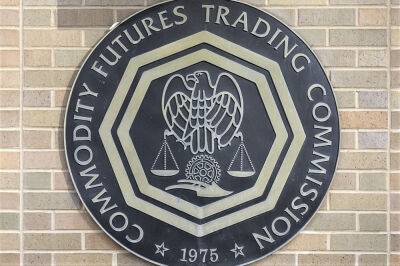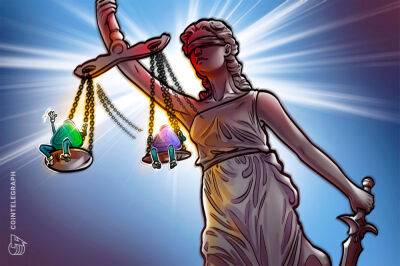Inside Sam Bankman-Fried’s doomed FTX empire
NASSAU (BAHAMAS) : Sam Bankman-Fried’s $32 billion crypto-trading empire collapsed in an incandescent bankruptcy last week, prompting irate customers, crypto acolytes and Silicon Valley bigwigs to ask how something that seemed so promising could have imploded so fast.
The emerging picture suggests FTX wasn’t simply felled by a rival, or undone by a bad trade or the relentless fall this year in the value of cryptocurrencies. Instead, it had long been a chaotic mess. From its earliest days, the firm was an unruly agglomeration of corporate entities, customer assets and Mr. Bankman-Fried himself, according to court papers, company balance sheets shown to bankers and interviews with employees and investors. No one could say exactly what belonged to whom. Prosecutors are now investigating its collapse.
Mr. Bankman-Fried’s companies had neither accounting nor functioning human-resources departments, according to a filing in federal court by the executive brought in to shepherd FTX through bankruptcy. Corporate money was used to buy real estate, but records weren’t kept. There wasn’t even a roster of employees, to say nothing of the terms of their employment. Bankruptcy filings say one entity’s outstanding loans include at least $1 billion to Mr. Bankman-Fried personally and $543 million to a top lieutenant.
The lives of the people who ran FTX and its related companies were similarly blurred. Ten of them lived and worked together in a $30 million penthouse at an upscale resort in the Bahamas. The hours were punishing, and the lines between work and play were hard to discern. Romantic relationships among Mr. Bankman-Fried’s upper echelon were common, as was use of stimulants, according to former employees.
Mr. Bankman-Fried, 30
Read more on livemint.com















